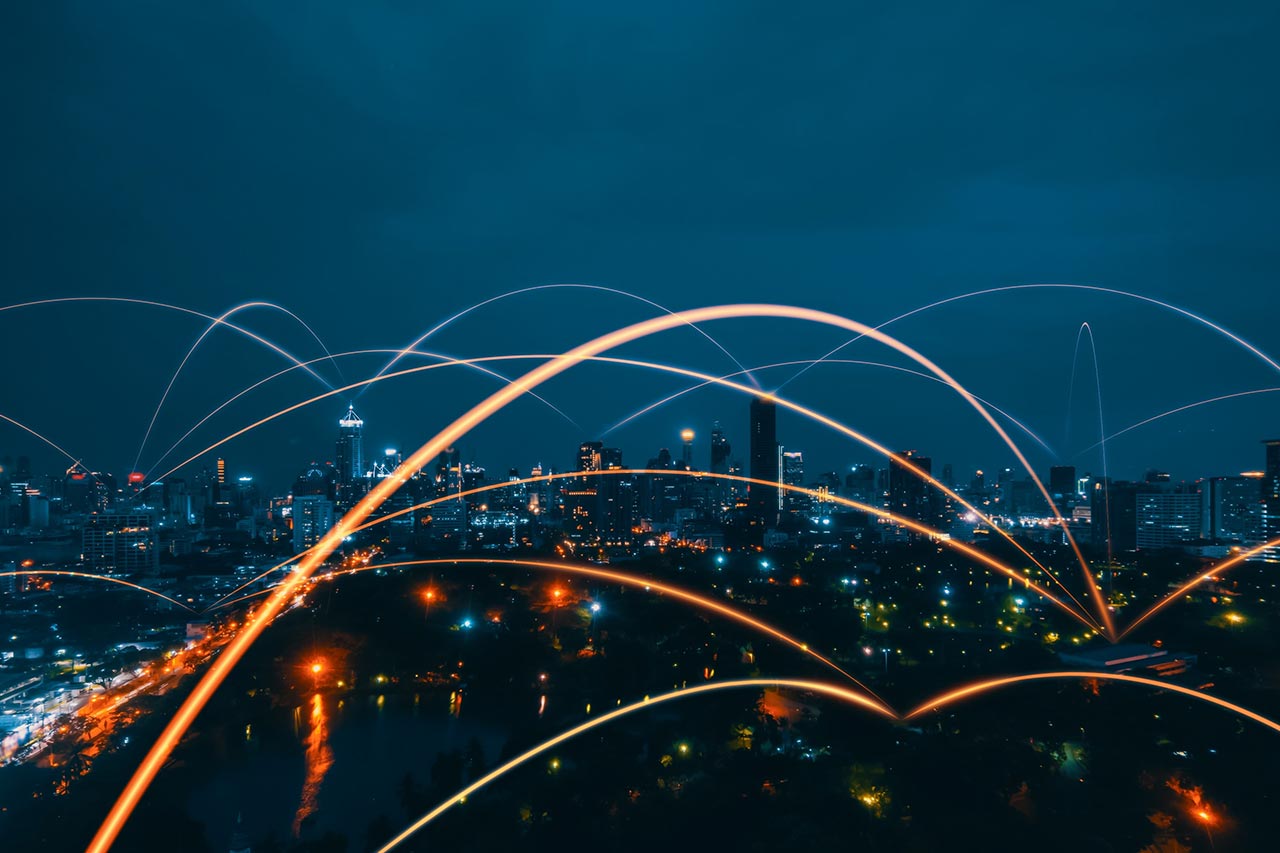Data - AI
Artificial intelligence as an aid to medical diagnosis
Artificial intelligence has made its mark in many specialties as an aid to medical diagnosis. But how is it being used, and what challenges lie ahead?

Languages are an integral part of culture. Mother tongues transcribe the native cultural heritage that their speakers have received from early childhood, but more than that, languages, their grammar, vocabulary, etc. shape the way their speakers think. How can we talk about the concepts of “left” and “right” with members of certain Oceanic tribes who do not have these words or ideas in their language?
However, with the rapid development of digitalization, which concentrates the vast majority of Internet content in a dozen languages, local languages are disappearing with their last speaker, faster than ever, at the frantic rate of one language every two weeks[1], taking with them a way of seeing the world.
Given this observation, the UN has placed the year 2019 under the banner of promoting indigenous languages by emphasizing their interest in “development, peace-building and reconciliation”.
Artificial intelligence (AI) is part of this framework, through various applications allowing both the preservation of endangered languages and the deciphering of ancient texts in extinct languages.
Use of AI includes chatbots, programs that offer a virtual companion for discussion to people who wish to practice a language. The chatbot understands and responds to a wide range of sentences on different topics, even if the speaker makes grammar or spelling mistakes. Reobot, the Facebook chatbot, responds in New Zealand Maori and English, 24/7, a boon for the 3.7% of New Zealand’s population who still speak this indigenous language.
In the field of pedagogy, some AI facilitates the learning of foreign languages, helping teachers or even self-taught learners. Microsoft’s Opie robot helps linguists to promote Australia’s indigenous languages by targeting its teaching to children at their most favorable period for language learning, i.e. from 2 to 5 years old. The robot’s AI has collected the equivalent of 40,000 hours of recordings in these languages and used them to engage children’s attention through games and stories. In addition, Opie can record children to track their progress in these languages over time.
Some languages have been extinct for a long time, and still retain, hidden in texts that have yet to be deciphered, invaluable information about the society in which the speakers of the time lived.
Specialists were already using modern techniques to assist their translation, such as imaging techniques in the case of engraved texts where the depth of the engraving influences the meaning of the text. But a new AI-based technology now helps specialists decipher extinct languages, making it possible to recover certain long-lost cultures.
This AI works by examining how words are related to each other in a large text database. Starting from the premise that the relationships between words are similar regardless of the language, programmers link together the words most often used in the same context through statistical analysis. They then deduce the meaning of the words from the relationships between the words.
This precise and efficient method has enabled the translation of two thirds of an extinct language, Linear B. Recently, Google’s DeepMind artificial intelligence has also proved to be more efficient than humans for the translation of ancient Greek.
Other AI-based methods, requiring fewer data points, can help translators decipher extinct languages, even when they don’t have many texts at their disposal.
The interest is even stronger for languages that are still mostly unknown, such as cuneiform, of which only about ten percent of the texts have been translated to date. Multi-country research programs aim to translate thousands of texts into this language with the help of AI.
The involvement of scientists in the field of AI applied to languages shows a willingness to use the most advanced techniques available to mankind to decipher an unknown past and preserve the richness and diversity that languages offer. This technology can bring strong social and cultural benefits and give us keys to building our future from the lessons of the past.
Alcimed explores and develops uncharted territories with its clients. Most often, we work on the future, on new technologies and on foresight. It is fascinating to see that such developments can also allow the preservation of a historical heritage, threatened with extinction.
About the authors
Stephane, Senior Consultant in the Alcimed Life Sciences team in France
[1] https://news.un.org/en/audio/2016/01/608532